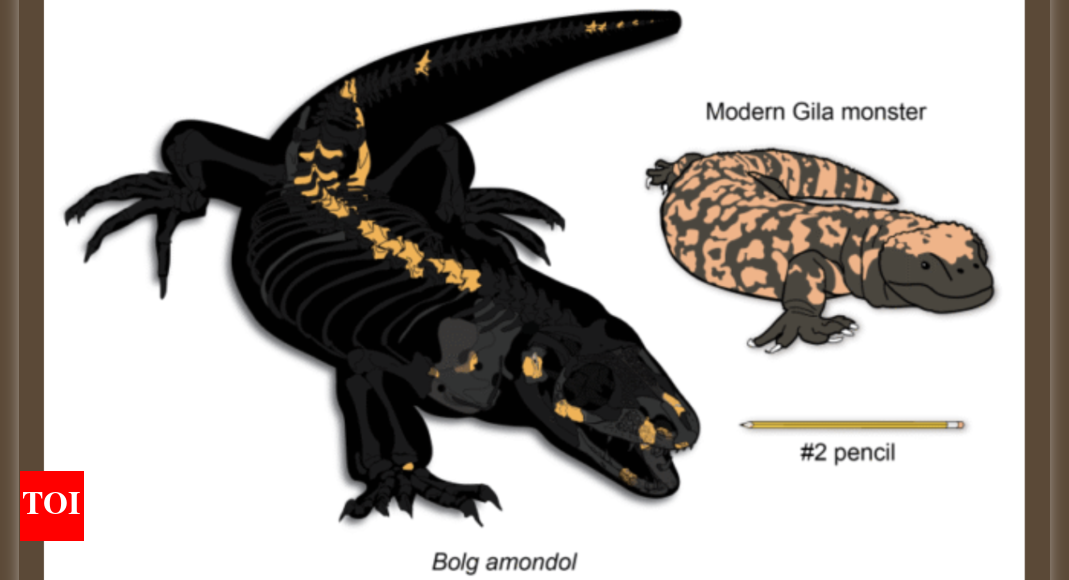Sometimes, groundbreaking scientific discoveries don’t come from deep digs in far-off deserts. Sometimes, they’re hiding in plain sight—in this case, in a tiny jar sitting in a dusty museum drawer in Utah. That’s where a new species of prehistoric armored lizard—yes, armored—was just identified, and it’s got a name straight out of Middle-earth.Meet Bolg amondol, a spiky, tank-like lizard that lived around 76 million years ago during the Late Cretaceous period. It was about three to four feet long, covered in body armor, and definitely not the kind of lizard you’d want to mess with. Think of it as a mini dinosaur-age monster, one that roamed ancient Utah alongside T. rex and other big-name dinos—and held its own.
From “lizard” drawer to lizard legend
The story of Bolg amondol started not in the field but at the Natural History Museum of Los Angeles County, where paleontologist Dr. Hank Woolley was going through drawers labeled with basic terms like “lizard.” Inside one drawer, he found a small jar filled with fossil fragments—skull pieces, limb bones, vertebrae, and those signature osteoderms (bony plates under the skin). The fossils had been sitting there for decades, unstudied and unlabeled beyond the generic tag.But once Woolley took a closer look, he realized he was holding something special. The bones were surprisingly well-preserved—enough to piece together a nearly complete picture of the animal. And it was unlike anything paleontologists had seen before.
What kind of creature was Bolg?
Bolg amondol wasn’t your average lizard. It belonged to a group called Monstersauria—the ancient ancestors of today’s Gila monsters and beaded lizards. These creatures weren’t massive like the dinosaurs they lived beside, but they were tough. Bolg had sharp, spiked teeth, armored skin, and a bony, ridged skull that looked like it was built for battle.Its name reflects its fierce look. “Bolg” is a nod to the goblin prince in The Hobbit, while “amondol” comes from Tolkien’s Elvish, meaning “mound head”—a reference to its thick, armored skull. Nerdy? Absolutely. Fitting? Even more so.Scientists believe Bolg was a bold little predator, probably snacking on insects, small vertebrates, and even dinosaur eggs when it could. Its armored body would have offered protection while it slinked around ancient floodplains on the hunt.
A peek into prehistoric ecosystems
What makes Bolg’s discovery even cooler is the context. It was found in southern Utah’s Kaiparowits Formation, a fossil hotspot that paints a detailed picture of life in Late Cretaceous North America. In the same region, scientists have uncovered several large lizards, suggesting a diverse and thriving community of mid-sized predators living alongside the giants.One of the most fascinating details? Bolg amondol has close relatives in Asia, suggesting these monstersaurs weren’t just local legends—they were international travelers. This supports the idea that, back in the day, animals could move freely between continents using land bridges that connected North America and Asia.And the fact that this amazing creature was sitting in a museum drawer for years, unnoticed? It’s a perfect reminder of just how much we still have to learn from fossils that have already been found but never fully studied.So next time you walk past a museum display or peek into an old collection, remember: the next great discovery might not require a shovel—just a closer look.
